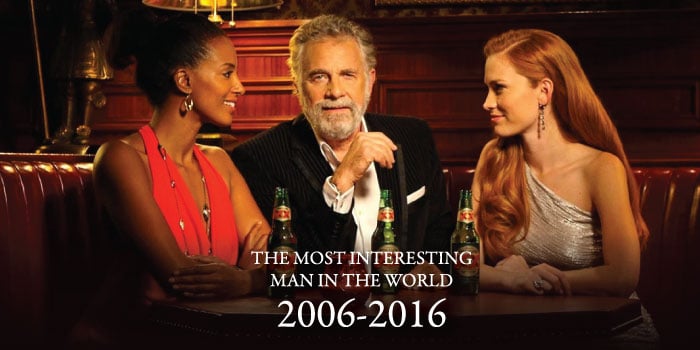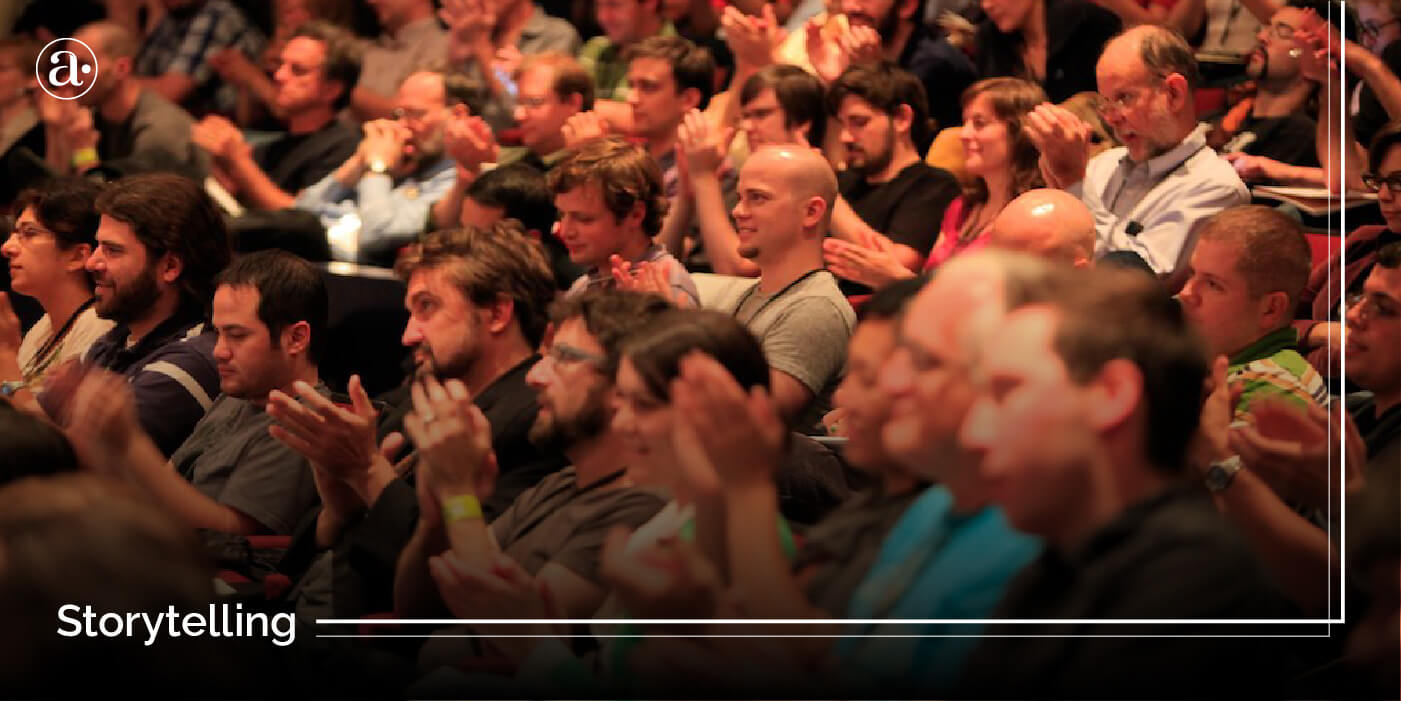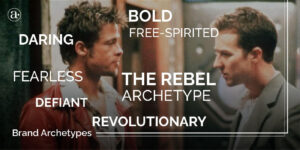Brand Storytelling
Brand Storytelling is about creating emotional connections that resonate with people on a more human level. By using empathy and creativity you can convey your brands message in more effective ways that are easier for people to digest and remember. Use storytelling in marketing to convey your brands message in a way that fits the worldview of your target customers. Consider your own personal stories that you have found memorable and ask yourself what makes them engaging to you?
Leverage Visual Content
Studies have proven that our brains retain and recall visual content more easily. Use the power of visualization to capture your customers imagination and create positive associations with your brand. Imagery can also be used to build rapport with your customers if the figure looks, dresses or acts like the target persona. You can make the customer the star of your story.
Use Humor
Use Humor to show how enjoyable or interesting your product is. By triggering laughter, you can make your brand storytelling more memorable. One example is the “Chinchilli Day” Commercial in which there is a funny story told about chinchillas revolting. This funny story is then tied in with Las Vegas as a commercial. You don’t need a huge marketing budget to create a funny ad. You just need a great sense of humor. You can use video, print, or social media to build engagement. It doesn’t always matter the media, as long as the message gets conveyed. Below is a preview of the Ad:
Add A Creative Twist to A Well-Known Story
Ad a creative twist to a well known story that your customers remember or relate to. One example is the famous and historic Apple launch in 1984 in which they referenced the famous novel by George Orwell which was also called 1984 and made into a movie.
The advertisement shows a brainwashed society in which there is no sense of difference or or individuality. A woman in bright red shorts disrupts the whole scene by shattering the glass with a sledge hammer. This advertisement creatively conveys the philosophy behind Apple which is of thinking different and seeing things differently. This introduced the Macintosh computer to the world. It is a truly iconic example of brand storytelling. You can take a look at the historic advertisement below.

Use Metonymy
Use Metonymy to create positive associations with your brand or product. metonymies are connotations where one thing is substituted for another which is closely associated or looks similar. This way you can tap into your customers associative memory or break down a complex concept by comparing it to something that is easier to understand. One example is the advertisement on the left from the Vermont Department of Health that uses metonymy and emotion to describe the negative effects of smoking on unborn children.
Use Metaphor
Use metaphor to depict your brands benefits and convey the experience in a literal way. One example is the famous KFC ad in which they convey the spiciness of their food by comparing it to fire that comes from a race car, rocket or dragon. Although this may not be a very healthy comparison, this campaign combined both metaphor, metonymy and humor to convey the experience in a memorable way. Metaphors can be applied in both visual and verbal branding or advertising. One example is the Apple iphone which is described as “A thousand songs in your pocket”. Louis XIII cognac is also described as “One Century in a bottle”. This helps to convey the brand experience in a more meaningful way that resonates with people.

Consider Product Placement
Product Placement is another way to boost engagement. Placing your product next to attractive and welcoming people has also shown to improve perceptions. By allowing it to be associated with people who are admired you create positive associations. This can also be the most expensive if you are able to find celebrities to use your product.

One example of product placement is the famous Dos Esquis Ad from 2006 in which the main character is surrounded by beautiful women, smokes Cubans and Drinks Dos Esquis beer.
Be Evocative
Words can also be processed as imagery in your customers mind so try to paint a clear picture of your brands experience that people can visualize and relate to. When describing the experience that your brand offers, focus on invoking sensory actions such as see, taste, hear and smell. This would make your advertising copy easier for customers to absorb.
What memories and emotions do your images and words evoke?
The main goal of storytelling is not to trigger emotions but to bring out subtle emotions using empathy.
Use The 2 World Structure
One way to approach storytelling in marketing is by using the 2 world structure. This is an effective framework for crafting a brand narrative. It is about placing your brand in the center as a catalyst for change in the world. On one side is the world that is and on the other side is the world that could be. There is an exposition, then a rising incident that leads to a rising action and climax. The story then ends with a resolution. Below is a diagram of the 3 world structure.

In conclusion, storytelling in marketing allows brands to make more meaningful connections with their audience. The best stories combine different ingredients from humor to metaphors, etc. Remember to be more empathetic and not manipulative. If you enjoyed this article then feel free to click here to take a look at my previous article on how to use archetypes to improve your storytelling.
Click here to another article on Why Storytelling is The Future of Marketing.







2 Responses
Practical and easy to understand, offering clear and straightforward advice that readers can readily apply.
Your writing is so eloquent and persuasive You have a talent for getting your message across and inspiring meaningful change